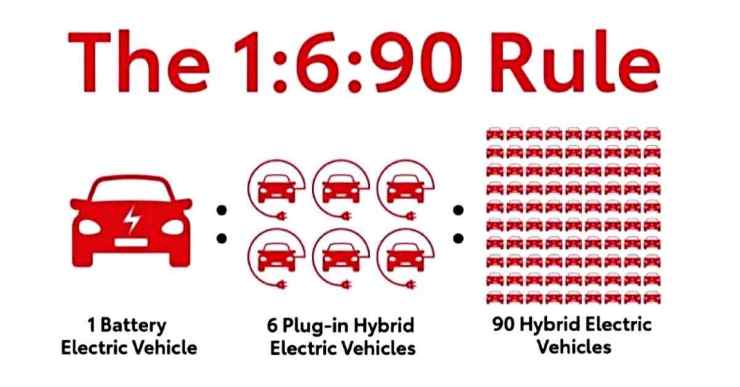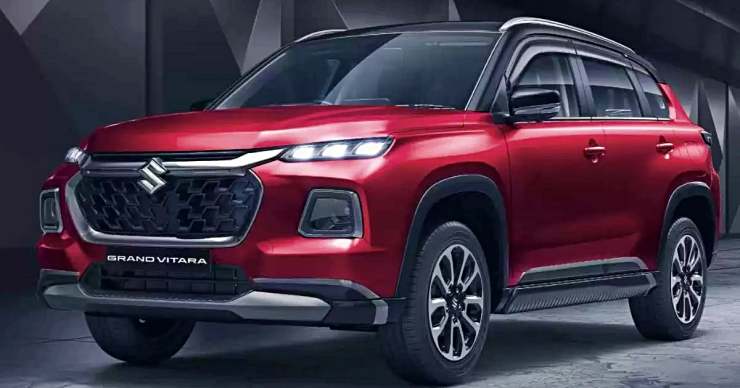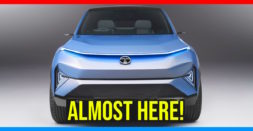Strengthening its stance against the electric vehicle (EV) trend, the Japanese carmaker Toyota’s 1:6:90 Rule has been shared on the internet. This rule highlights that for the same amount of raw materials needed to manufacture one EV, Toyota can alternatively produce six plug-in hybrids or a whopping 90 hybrid vehicles. This particular rule was leaked online, which was part of the company’s internal document.

What is this 1:6:90 rule?
With this 1:6:90 Rule that Toyota’s leaked internal document revealed, it can be understood that this has been introduced to challenge the prevailing narrative that EVs are the ultimate solution for reducing carbon emissions.
However, by prioritizing hybrids over EVs, Toyota has argued that the cumulative carbon reduction achieved by 90 hybrids throughout their lifespan surpasses that of a single EV by a staggering 37 times.

Hybrid vehicles such as Toyota’s iconic Prius offer a compelling alternative to EVs. By combining an internal combustion engine with an electric motor, hybrids achieve improved fuel efficiency and lower emissions.
Additionally, unlike EVs, hybrids do not rely solely on electric power, which eliminates concerns about limited driving range and lengthy refueling times. On top of this, the affordability and accessibility of hybrids make them a more attractive option for environmentally conscious consumers.
What do critics have to say about this rule?
Many experts and automotive industry critics have argued that Toyota’s reluctance to fully embrace EVs can hinder innovation in the EV industry. However, they also realize that the 1:6:90 Rule emphasizes the efficiency and environmental benefits of prioritizing hybrids.
Similar trend in India

What’s interesting is that Indian car buyers over the last few months have resonated with the emphasis on hybrid vehicles. This is because hybrids have outsold electric vehicles in India. The unique socio-economic landscape of India, coupled with infrastructure challenges and consumer preferences, has contributed to this trend.
A few other reasons for Indian car buyers to prefer hybrids over electric vehicles include factors such as affordability, infrastructure, and familiarity. On the other hand, the lower initial cost and established technology of hybrids make them a better option for budget-conscious buyers.
Deloitte study reveals Indian buyers prefer hybrids over EVs
Recently, a new study from Deloitte India revealed that buyers in India are increasingly favoring hybrid vehicles over EVs for their next car purchase. The study, which surveyed over 2,000 potential car buyers across 15 major Indian cities, found that 44% of respondents preferred hybrid vehicles as their next car, compared to only 37% who opted for EVs. More on it here.
Maruti Suzuki also backing up hybrids over EVs

Back in February, Shashank Srivastava, Senior Executive Director at Maruti Suzuki India, stated that hybrid vehicles are overshadowing electric vehicles (EVs) in the Indian automotive market. Srivastava also listed the factors driving this shift, emphasizing the crucial role of affordability, convenience, and reliability in the decision-making process of Indian car buyers.
According to data from the past months, strong hybrid cars have consistently outsold EVs for consecutive months of the last year. In the months of August, September, and October 2023, strong hybrid vehicles recorded a total sales of 24,062 units, surpassing the 21,445 units of EVs sold during the same period. You can get more info on this here.




![Toyota's baby Land Cruiser that will soon go into production: What it could look like [Video]](https://www.cartoq.com/wp-content/uploads/2023/10/toyota-baby-land-cruiser-suv-render-featured-253x131.jpg)
![73 year-old MG car from India finally reaches England covering 11,000 km [Video]](https://www.cartoq.com/wp-content/uploads/2023/11/mg-vintage-car-road-trip-featured-253x131.jpg)



